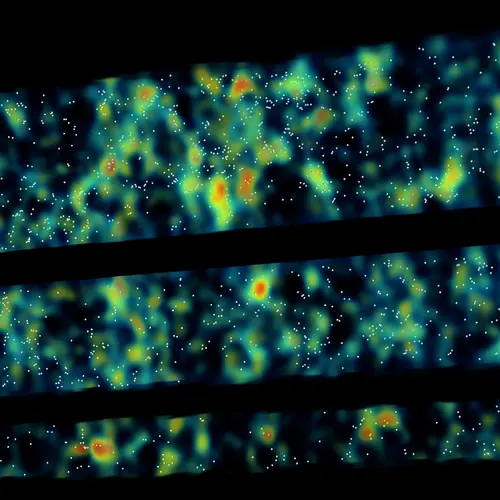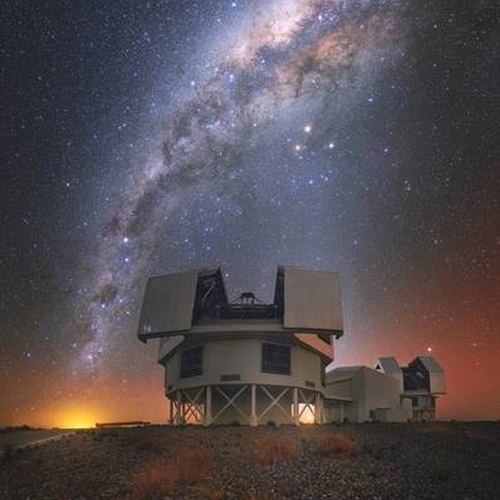High-resolution imaging of galaxies in rest-frame UV has revealed the existence of giant star-forming clumps prevalent in high-redshift galaxies. Studying these substructures provides important information about their formation and evolution and informs theoretical galaxy evolution models. We present a new method to identify clumps in galaxies' high-resolution rest-frame UV images. Using imaging data from CANDELS and UVCANDELS, we identify star-forming clumps in an HST/F160W <= 25 AB mag sample of 6767 galaxies at 0.5 <= z <= 3 in four fields, GOODS-N, GOODS-S, EGS, and COSMOS. We use a low-passband filter in Fourier space to reconstruct the background image of a galaxy and detect small-scale features (clumps) on the background-subtracted image. Clumpy galaxies are defined as those having at least one off-center clump that contributes a minimum of 10% of the galaxy's total rest-frame UV flux. We measure the fraction of clumpy galaxies (f(clumpy)) as a function of stellar mass, redshift, and galaxy environment. Our results indicate that f(clumpy) increases with redshift, reaching similar to 65% at z similar to 1.5. We also find that fclumpy in low-mass galaxies (9.5 <= log (M*/M circle dot) <= 10) is 10% higher compared to that of their high-mass counterparts (log M*/M circle dot) > 10.5). Moreover, we find no evidence of significant environmental dependence of f(clumpy) for galaxies at the redshift range of this study. Our results suggest that the fragmentation of gas clouds under violent disk instability remains the primary driving mechanism for clump formation, and incidents common in dense environments, such as mergers, are not the dominant processes.



